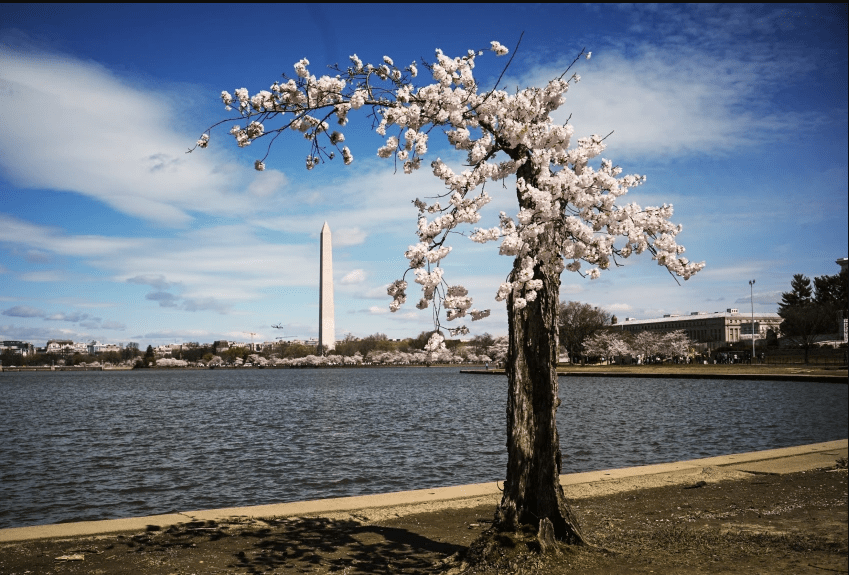Do You Use a Pellet Stove? Participate in this Survey from the Alliance for Green Heat
Our colleagues at the Alliance for Green Heat want your input. If you use a pellet stove, please take their short pellet stove survey. The anonymous survey will provide data about who uses pellet stoves and why. According to AGH president John Ackerly,”We are trying to get broad participation to help the environmental community, and state and federal agencies understand why people use pellet stoves, how they use them, and other demographic information.” The survey does not ask for your name, address or affiliation - only the state that you live in, how long you have heated with pellets, and other related questions.
On Old Coal Mines, Re-Growing Native Appalachian Forests
Along the Appalachian Mountain chain lie hundreds of thousands of acres that are former surface coal mining sites that are suitable for reclamation. The nonprofit group Green Forests Work has planted more than 6 million trees on nearly 12,000 acres in the region. The group’s director of operations, Michael French, was recently interviewed about their efforts.
The greatest challenge when working with these sites, according to French, is the heavily compacted soil that marks the aftermath of surface mining, which he compared to a compacted gravel parking lot. On some sites, very little will grow; others are home to thickets of autumn olive, bush honeysuckle, multiflora rose, and other invasives.
Using a combination of heavy machinery and hands-on planting, the group works to revegetate sites to benefit wildlife of all sizes, from neotropical migratory birds to year-round residents like deer and turkeys.
A Threatened and Elusive Woodland Species Caught on Camera
The US Forest Service recently released trail camera footage of the federally threatened Allegheny woodrat. The nocturnal rodent prefers hardwood forests with plenty of rocks and boulders; its range once stretched from Connecticut to Indiana and south to Alabama; today, estimates are that fewer than 100,000 remain from New York to Tennessee.
Researchers Suggest Planting Trees in the Wrong Places Does More Harm than Good
While planting trees can help in the fight against climate change, scientists writing in Nature Communications note that in some cases, more trees means less sunlight is reflected from the earth’s surface and more heat is absorbed.
Using the latest mapping techniques, researchers were able for the first time to consider the role played by albedo (the amount of solar radiation bounced back off the planet's surface) when it comes to tree planting projects.
The authors point out that not taking albedo into account can significantly overestimate the climate benefits of tree planting projects, but, according to one of the scientists, “There's also lots of places still where restoring tree cover is a great idea for climate change. We're just trying to help people find those spots.”
One Last Bloom for Stumpy

This past season was the last bloom for the famous Japanese cherry tree named “Stumpy” at the Tidal Basin in Washington DC. The tree, now hollow inside and subjected to daily tidal overwash, will be removed later this year along with others as part of a project to shore up the sea wall.
Branching Out, Vol. 32, no. 2 (Spring 2024)
Branching Out is the free, quarterly newsletter of the Woodland Stewardship Education program. For more than 30 years, Branching Out has kept Maryland woodland owners and managers informed about ways to develop and enhance their natural areas, how to identify and control invasive plants and insects, and about news and regional online and in-person events.